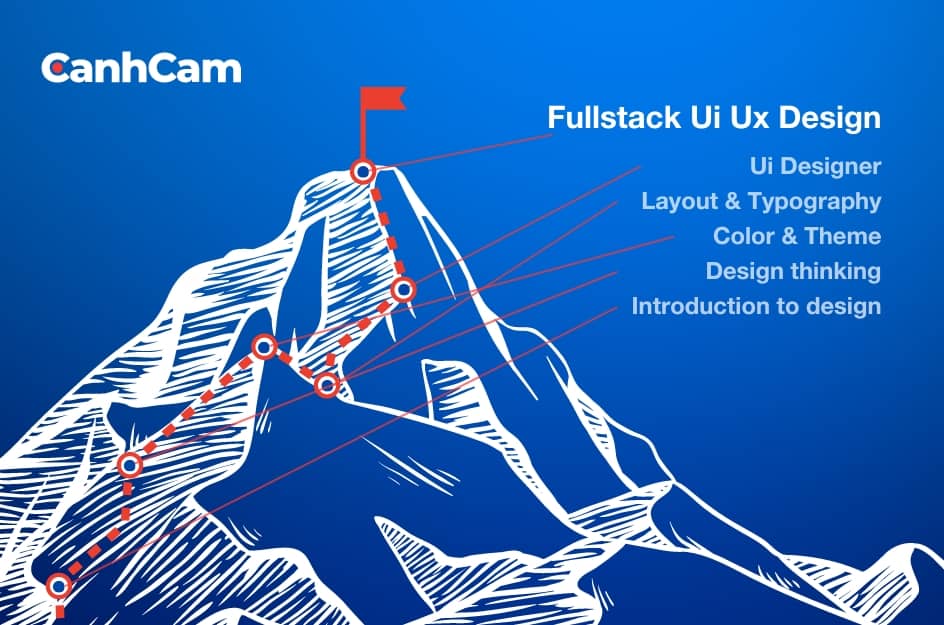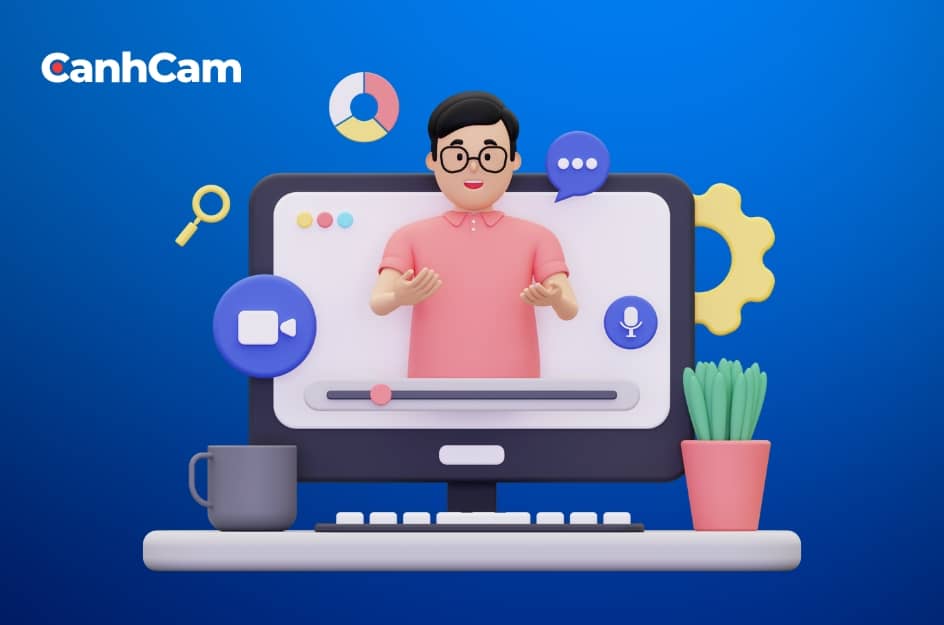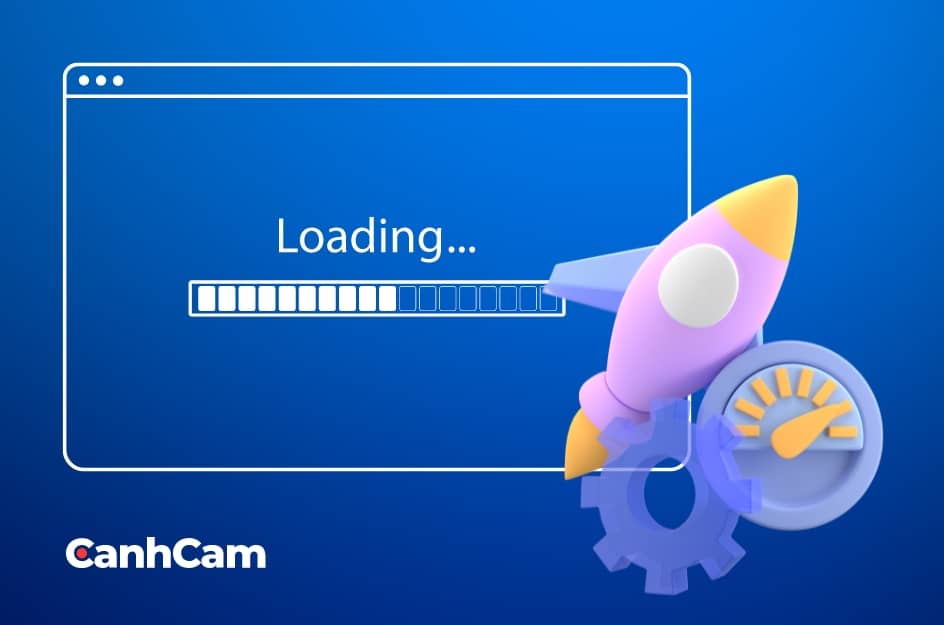Embarking on the journey to become a web designer is an exciting venture into the dynamic world of digital creativity and innovation. In today's tech-driven landscape, where online presence is paramount for businesses and individuals alike, the demand for skilled web designers continues to soar.
Whether you're drawn to the prospect of crafting visually stunning websites or intrigued by the prospect of shaping user experiences, the path to becoming a web designer holds immense potential for growth and fulfilment.
Aspiring web designers often find themselves navigating a plethora of resources and pathways to kickstart their journey. From mastering essential design principles to honing technical skills in coding and development, the road to success in this field is multifaceted and ever-evolving. In this guide, we'll delve into the key steps and strategies for aspiring individuals to carve out a rewarding career in web design.
Whether you're a creative enthusiast exploring your passion or a seasoned professional looking to transition into the field of web design, this comprehensive guide will equip you with the knowledge, resources, and insights needed to embark on a successful journey towards becoming a proficient web designer.
The Growing Demand for Web Designers:
In the ever-evolving digital landscape, the demand for skilled web designers continues to surge. Businesses across industries recognize the pivotal role that a visually appealing and user-friendly website plays in engaging audiences and driving success. As online presence becomes non-negotiable, companies are actively seeking talented web designers to create impactful and responsive designs.
This section will delve into the factors contributing to the increased demand for web designers, such as the rising importance of digital branding and the constant evolution of web technologies.
Do you Want To Create a Website? Visit our Service: Web Design in Melbourne
How to Become a Web Designer?
Embarking on the journey to become a web designer is an exciting and rewarding venture. This section will guide aspiring web designers through the essential steps and skills required to carve a successful path in this dynamic website field. From acquiring foundational knowledge in HTML, CSS, and JavaScript to exploring design principles and staying updated on industry trends, readers will gain insights into the multifaceted aspects of the profession.
Additionally, the section will emphasize the significance of building a strong portfolio and seeking practical experience through projects or internships to enhance employability. The aim is to inspire and inform individuals interested in pursuing a fulfilling career in web design.

Educational Background
Whether you're embarking on a formal degree or pursuing alternative learning paths, understanding the importance of education sets the stage for your success in this field.
Importance of a Solid Educational Foundation
A solid educational foundation provides you with the fundamental knowledge and skills necessary to excel in web design. It equips you with a comprehensive understanding of design principles, programming languages, and user experience considerations. This foundation serves as the bedrock upon which you can build your expertise and creativity in the field.
Read more about our article: Website Design Terminology
Relevant Degrees and Courses
When considering formal education, degrees and courses in fields such as graphic design, computer science, or web development are highly relevant. These programs offer specialized curricula tailored to the intricacies of web design, covering topics ranging from HTML, CSS, and JavaScript to user interface design and responsive web development.
Additionally, specialized courses and certifications from reputable online platforms and educational institutions provide flexible learning options. These courses often focus on specific aspects of web design, allowing you to deepen your knowledge in areas such as UX/UI design, front-end development, or graphic design.
Alternative Learning Paths
In addition to formal degrees and courses, alternative learning paths offer valuable opportunities for skill development in web design. Self-directed learning through online tutorials, coding boot camps, and community-driven platforms allows for a flexible and practical approach to acquiring knowledge.
Engaging in hands-on projects, participating in design communities, and seeking mentorship from experienced professionals are also effective ways to supplement formal education and gain real-world experience in web design.

Practical Experience:
Internships and Entry-Level Positions:
When starting your journey as a web designer, consider seeking internships or entry-level positions. These opportunities provide hands-on experience and exposure to real-world projects. We will guide you on how to identify suitable openings, craft an impressive resume, and make the most of your internship to build foundational skills.
Building a Strong Portfolio:
Your portfolio is your digital showcase, and it plays a crucial role in securing freelance projects or full-time positions. We'll assist you in curating a portfolio that highlights your skills and creativity. From selecting the right projects to showcasing a diverse range of work, we'll share valuable tips on making your portfolio stand out in a competitive field.
Freelancing Opportunities:
Freelancing offers flexibility and the chance to work on diverse projects. We'll explore how to kickstart your freelancing career, from creating a compelling freelance profile to setting competitive rates. Learn how to navigate freelancing platforms, attract clients, and deliver exceptional results that contribute to your growing expertise as a web designer.
Continuous Learning in Web Design
As the digital landscape evolves, a web designer's journey is an ongoing process of growth and adaptation. Here's how you can embrace continuous learning to stay at the forefront of industry trends and enhance your skills:
Staying Updated with Industry Trends
In the dynamic world of web design, staying abreast of industry trends is paramount. Follow reputable design blogs, subscribe to newsletters, and engage with influential voices on social media platforms. Attend webinars and conferences to gain insights into emerging technologies and design philosophies.
Online Courses and Workshops
Enrolling in online courses and workshops offers a structured approach to learning new skills and refining existing ones. Platforms like Udemy, Coursera, and Skillshare provide a plethora of courses ranging from basic design principles to advanced coding techniques. Choose courses that align with your career goals and dedicate time consistently to complete them.
Participation in Web Design Communities
Being part of web design communities provides an avenue for collaboration, knowledge sharing, and networking. Join forums like Stack Overflow, Reddit's web design communities, or platforms like Behance. Engage in discussions, seek feedback on your work, and contribute your insights. This not only enhances your understanding but also connects you with fellow designers, fostering a sense of community.
Essential Skills
When it comes to excelling in the field of web design, possessing a robust set of skills is paramount. Here are key competencies that set a web designer apart:
Proficiency in HTML, CSS, and JavaScript
Mastering the foundational languages of web development is non-negotiable for a web designer. Understanding HTML (Hypertext Markup Language) for structuring content, CSS (Cascading Style Sheets) for styling, and JavaScript for interactivity is the bedrock of effective web design.
Graphic Design and UI/UX Skills
Beyond coding expertise, a web designer should be well-versed in graphic design principles. The ability to create visually appealing layouts, select harmonious color schemes, and understand user interface (UI) and user experience (UX) design principles is crucial. This ensures that the website not only looks aesthetically pleasing but also provides an intuitive and enjoyable user experience.
Problem-Solving and Creativity
Web design is not just about technical proficiency; it's about solving problems creatively. A skilled web designer possesses the ability to tackle challenges that arise during the design process. Whether it's optimizing for different devices or finding innovative solutions to enhance user engagement, problem-solving and creativity go hand in hand.
Professional Tools:
In the ever-evolving field of web design, mastering professional tools is a cornerstone for success. A proficient web designer should:
Familiarity with Web Design Software
Gain expertise in industry-standard software to streamline the design process.
Tools like Adobe Photoshop, Illustrator, and Figma empower designers to bring their visions to life.
Use of Frameworks and Libraries
Explore frameworks like Bootstrap and libraries such as jQuery for efficient and responsive design.
Harnessing these resources enhances productivity and ensures up-to-date, feature-rich websites.
Mastering Design Tools (Adobe XD, Sketch)
Dive into specialized design tools like Adobe XD and Sketch for creating intuitive user interfaces.
Mastering these tools enables designers to craft visually appealing and user-friendly digital experiences.

Building a Personal Brand: Your Design Identity Matters
Crafting a unique and recognizable personal brand is pivotal for a web designer's success. Here's how:
Creating an Online Presence
Establish a digital footprint through a professional website and active participation in design communities.
Showcase your skills, projects, and design philosophy through an engaging online portfolio.
Showcasing a Diverse Portfolio
Demonstrate versatility by curating a portfolio that reflects a broad range of design styles and projects.
A diverse showcase highlights your adaptability and attracts a wider array of potential clients.
Networking and Building Connections
Connect with fellow designers, industry professionals, and potential clients through networking.
Attend design events, engage in online forums, and actively seek collaborative opportunities to expand your network.
Career Path Choices: Navigating Your Design Journey
Aspiring web designers face decisions that shape their career trajectory. Consider the following:
Specializations in Web Design (UI/UX, Front-End Development)
Define your niche by specializing in areas like UI/UX design or front-end development.
Focusing on a specific domain allows for honing expertise and catering to specific client needs.
Full-Time Employment vs. Freelancing
Weigh the pros and cons of full-time employment and freelancing based on your preferences.
Freelancing offers flexibility, while a full-time position provides stability. Choose the path aligned with your career goals.
Advancement Opportunities in the Field
Stay abreast of industry trends and seek continuous learning to unlock advancement opportunities.
Embrace new technologies and methodologies to remain competitive in the dynamic field of web design.
Navigating Challenges: Overcoming Hurdles in Web Design
Web designers encounter challenges; conquering them defines their resilience. Navigate obstacles by:
Handling Tight Deadlines and Client Expectations
Develop time management skills to meet project deadlines without compromising quality.
Set clear expectations with clients and communicate effectively throughout the design process.
Overcoming Creative Blocks
Implement strategies like brainstorming, seeking inspiration, or taking breaks to overcome creative blocks.
Embrace challenges as opportunities for growth and innovation in your design approach.
Staying Resilient in a Dynamic Industry
Embrace change and stay adaptable in an industry marked by constant evolution.
Continued learning and flexibility ensure your relevance in the ever-shifting landscape of web design.
Frequently Asked Questions (FAQs)
1. What do you need to become a web designer?
For web designing, a designer must be fluent in software like Adobe Creative Cloud, Coreldraw or Inkscape. These tools help us to design visuals, mock-ups, and edit images. Therefore, they are basic skills for web design.
2. How long does it take to become a web designer?
If you want to start a career in web design for a good income, you must be ready to put in four years for a bachelor’s degree. Besides that, the program of a master's degree in web design may last from one to three years. Alternatively, obtaining certification in web design can typically be accomplished within several weeks.
Conclusion:
In summary, the journey to becoming a successful web designer involves mastering tools, building a distinctive brand, making crucial career decisions, and navigating challenges with resilience. Aspiring designers, embark on your path with passion and dedication, and the possibilities in web design are limitless.

